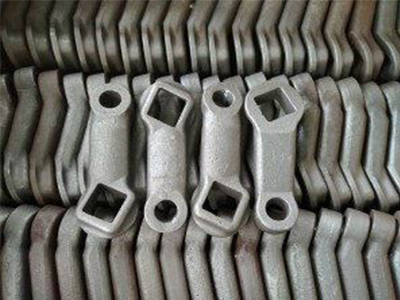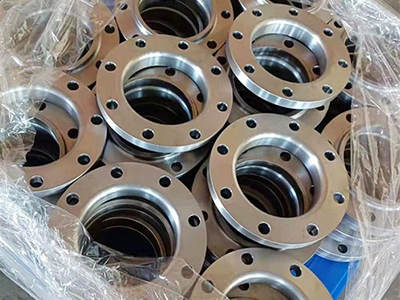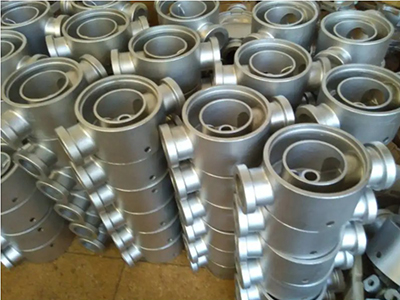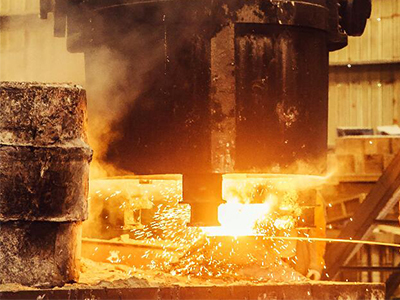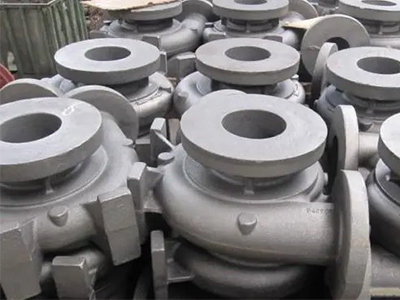- Precision forging process of stainless steel
- What are the surface cleaning methods of stainless steel precision casting?
- Steel castings foundry manufacturers introduce the properties of castings
- Industrial indicators of quenched castings
- About machine tool casting understanding
- Steel die casting process
- Stainless steel casting manufacturing process
- Scope and method of clean up of precision casting
- What should be paid attention to when casting machine parts
- Steel casting production standard requirements
- Call : +86 13390692151
- sale@kfqizhongji.com
-
Room 1, No. 21, Chaoying East Road, Zhoushi,
Kunshan City, Jiangsu Province, China
Why is it said that deoxidation is the key to improve the quality of molten steel?
Harmful effect of oxygen on the quality of cast steel.
The adverse effect of oxygen on cast steel is due to the different solubility of oxygen in liquid and solid steel. The main harmful effects are:
1. Oxygen is one of the reasons for the formation of stomata in steel castings.
In the solidification process of molten steel because the solubility of oxygen decreases significantly with the decrease of temperature the precipitated oxygen reacts with carbon in molten steel and the resulting CO bubbles will become pores if left in the steel.
two。. Oxygen promotes the formation of hot cracks in cast steel.
When the oxygen content of molten steel is too high, it will aggravate the tendency of hot cracking of cast steel. The reason is that when FeO meets FeS, eutectic with low melting point (FeO ·FeS) is formed, which is distributed on the grain boundary in the form of thin film. It is easy to cause hot cracking.
3. Oxygen is one of the main elements in the formation of nonmetallic inclusions.
Oxygen can react with various elements to form oxide inclusions. If these inclusions remain in the steel, the properties of the cast steel will be reduced.
2. Diffusion deoxidation of molten steel.
The method of using the diffusion behavior of oxygen in molten steel to transfer oxygen from molten steel to molten slag to reduce the oxygen content of molten steel is called diffusion deoxidation. The specific method is that after the dilute slag is made during the smelting and reduction period, the powder deoxidizer is sprinkled on the slag surface to first reduce the oxygen content in the slag, destroy the solubility balance of oxygen in the slag and molten steel, and the amount of oxygen in the molten steel will be reduced. Oxygen must be diffused into the slag. Therefore, by continuously reducing the oxygen in the slag, the oxygen in the molten steel will continue to spread to the slag, thus reducing the oxygen content in the steel.
The commonly used powder deoxidizers for diffusion deoxidization are carbon powder, ferrosilicon powder, silicon calcium powder, aluminum powder, calcium carbide powder and so on. Elements such as C, Si, Al and Ca in these deoxidizers enter the slag layer to promote (FeO) reduction, such as:
The deoxidization product enters the furnace gas or is absorbed by the slag, so the diffusion deoxidation will not pollute the molten steel. However, because the diffusion deoxidization is carried out at the interface between slag and molten steel, oxygen diffuses from molten steel to slag for a long time, so the production efficiency is low and the energy consumption is high.
III. Precipitation and deoxidation of molten steel.
Precipitation deoxidization is that the bulk deoxidizer is directly added to the molten steel, and the deoxidizer reacts with FeO to deoxidize. Precipitation deoxidation is also called forced deoxidation. The removal of deoxidization products by precipitation deoxidation will affect the deoxidation effect. According to the formation time of deoxidization products, deoxidization products can be divided into:
Primary deoxidization product-the deoxidization product formed immediately after adding deoxidizer to the furnace or bag.
Secondary deoxidization product-deoxidization product of deoxidized molten steel before cooling to liquidus.
Tertiary deoxidation products-deoxidization products formed during solidification between liquidus and solidus.
These three kinds of deoxidizing products are collectively referred to as endogenous deoxidizing products.
The results show that the primary deoxidation products have good conditions of aggregation, growth and floating, and most of them can discharge molten steel. The secondary and tertiary deoxidation products can not be discharged from the casting, especially the tertiary deoxidation products are produced in the solidification process of molten steel, and often remain in the dendrite, which has a decisive effect on the quality of cast steel. Most of the oxide inclusions seen in cast steel are tertiary deoxidation products.

